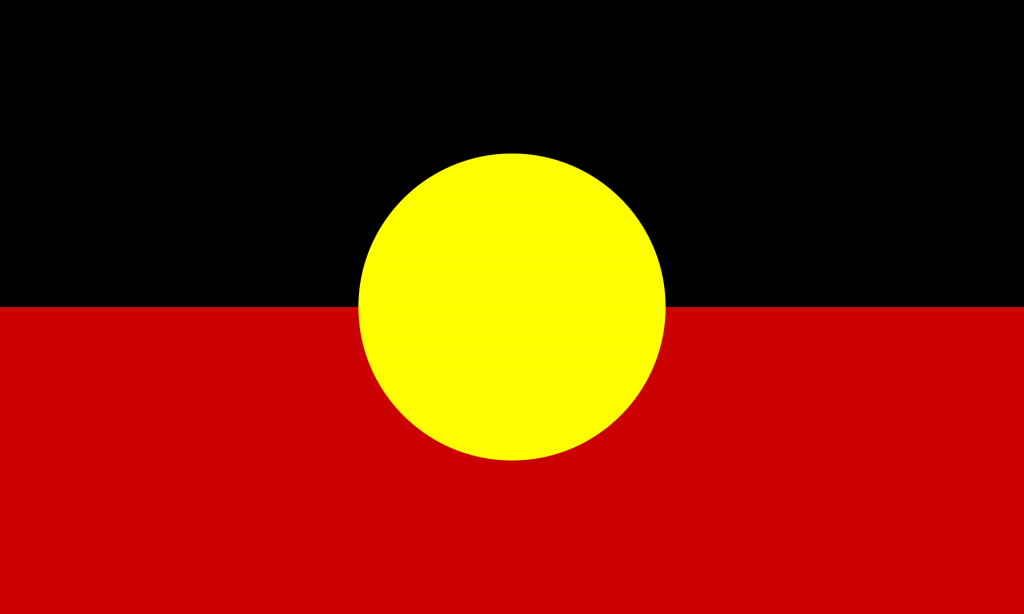As a sector, we’ve seen a lot of change over the years as successive Governments have sought to invest in and improve the frameworks, processes and practices that underpin our child protection systems.
And we are on the cusp of another major and exciting period of change, thanks to the recent Royal Commission into Family Violence and the Government’s subsequent Roadmap for Reform which seeks to shift the focus of child protection away from one of crisis response, to one of prevention and early intervention.
Implementing the Roadmap for Reform was the subject of a two-day Symposium last week, attended by Children, Youth and Families Minister Jenny Mikakos, as well as more than 100 leaders from across our sector, universal services, local government, DHHS and DET.
The Centre was proud to co-host the event, alongside DHHS.
The Symposium was an opportunity for robust discussion aimed at progressing the Government’s planned reforms – including improvements to the out of home care system, establishing Support and Safety Hubs as recommended by the Family Violence Royal Commission, developing a learning system to ensure reform efforts are evidence-informed and potential funding frameworks.
One of the key words to come out of the event was ‘relationships’ – primarily the importance of positive, caring relationships for children and young people experiencing vulnerability and disadvantage in our communities.
But also how we ensure strong, constructive relationships within and across sectors and with Government to ensure we are working cohesively and collectively in the best interests of children and young people.
It was widely agreed that this is what should drive reform efforts – putting children at the heart of everything we do – rather than trying to fit them into pre-ordained systems.
A number of extraordinary young women with personal experience of the out of home care system came along to the Symposium to provide their views. Their message was loud and clear – don’t give us systems, give us a family.
The insight and perspective they provided was both compelling and inspirational and will continue to stay with me as we work together to reform our child protection systems.
At the opening of the Symposium, I reflected on the two key service systems in this state designed to support children suffering from trauma.
Firstly, our health system, which supports children experiencing trauma due to ill-health or accident.
And secondly, our child protection system, which supports children experiencing trauma due to abuse or neglect.
The flag ship of the first service system is the Royal Children’s Hospital.
It’s a world leading paediatric health facility; Victorians are justifiably proud of it and every Good Friday we dig deeply into their pockets to show our support.
Its 334 beds are supported by 3,200 medical, nursing, allied health and administrative staff. Revenue from Government and other sources in 2014-15 was $608 million – that’s around $1.8 million per bed per year, with a ratio of 9.6 staff per bed.
Most Victorians would agree that its money well spent if it means that when a child is sick or injured, irrespective of race, creed, colour or parental income, they will get the best possible health care that modern science can offer.
Compare this with Service System Two: our out of home care system for children experiencing trauma due to abuse or neglect.
Without any criticism of departmental or agency staff who work extremely hard every day to support children in our out of home care system, it would be a stretch to classify it as world-leading or as offering the best in modern trauma theory.
Looking just at residential care – the most resource intensive element of the system – the average cost per residential care bed is $505K per year – some 28 per cent of the cost of a bed at the hospital. It’s a stark comparison.
Children in out of home care may not have physical signs of trauma but there can be no doubt their psychological scars run deep.
They deserve the same level of care and attention as children admitted to the Royal Children’s Hospital.
And this is achievable. We have the capacity, the will and the commitment to transform our out of home care system into a system that puts the needs and interests of children at the core of everything it does.
Across our sector we have some amazing leaders, thinkers and practitioners who are very keen to work closely with Government on making our child protection system better.
From supporting families to be stronger, to keeping children safer, to collaborating across government and non-government systems, to implementing evidence-based practice, to ensuring our workforce is well-equipped for the changes to come – our sector stands ready.
I look forward to continuing to work with you all to bring about these important reforms.





